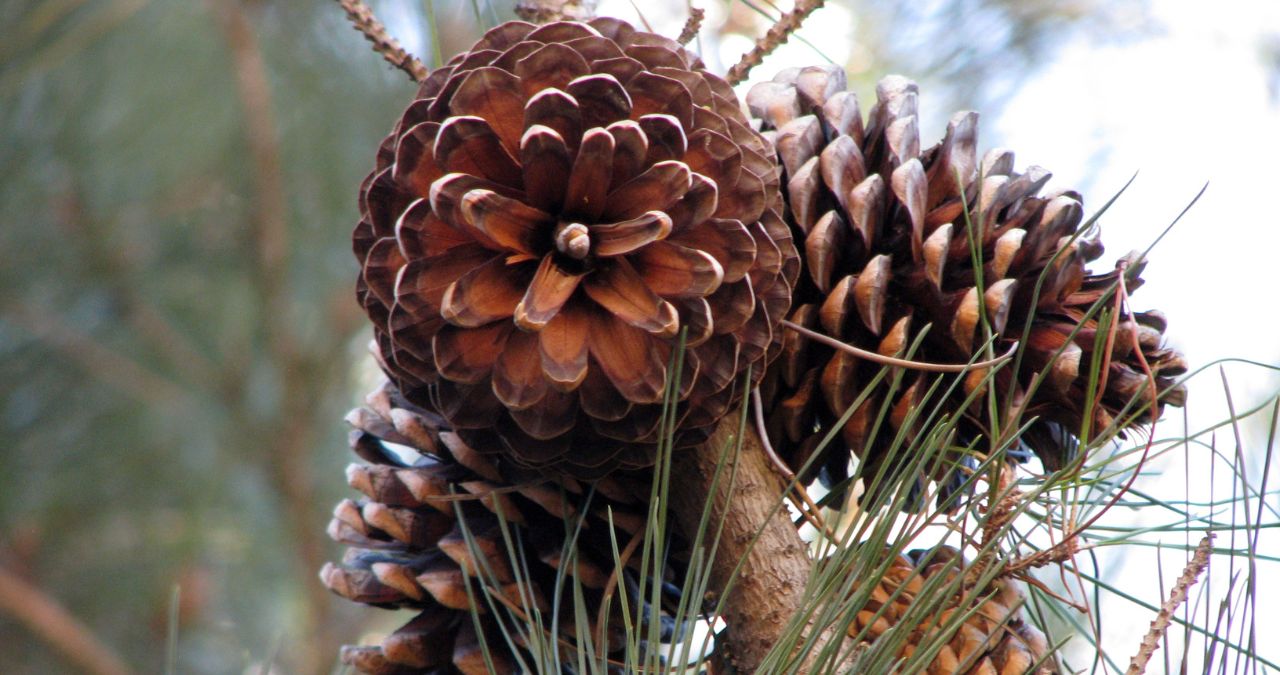How to Tell Conifers Apart
- 20
- Oct
Conifer trees are one of the most identifiable types of trees in the world – or are they? While conifer trees are common, there are more than 600 species of conifer trees that exist all over the world. This can make it hard for anyone who does not have a degree in plants or gardening to tell conifers apart. The good news is that you can figure out which type of conifer you’re looking at with a few basic tips.
How to Tell Conifers Apart
There are several ways to tell conifers apart, including main characteristics like the needles of the tree, the cones, and the texture of the bark. While there are many different types of conifers in the world, they don’t all look alike!
Here’s more about what to know if you want to tell two (or more) species of conifer trees apart from one another.
What’s a Conifer?
If you want to know more about how to tell one conifer tree apart from the next, let’s start with what a conifer is. Conifers are any type of tree or shrub that bears cones. You should immediately be able to recognize most general conifers based on this identifying characteristic.
Experts describe conifers as any member of the division Pinophyta, class Pinopsida, order Pinales, made up of living and fossil gymnospermous plants that usually have needle-shaped evergreens.
Even though there are more than 600 types of conifers, you should be able to spot the general conifer tree from a mile away.
Facts About Conifers
Although there are many types of conifers, conifer identification isn’t difficult as most people would think.
If you can spot the needles, the bark, and the cones on the tree, then it’s likely the tree is a type of conifer. Few trees can be mistaken for a conifer species if you’re looking from closer up.
Most conifers grow straight up and prefer to grow in groups. That is unless we’re talking about a lone conifer in a pot or garden. Most conifers grow in the form of large trees, but there are a few rare conifer species that grow as smaller cone-carrying bushes instead.
Conifers are usually either male or female like most trees and shrubs, but again, there are a few species that can be an exception to the rule and carry both male and female parts on the same plant at once.
Another distinguishing feature of conifers is their needles, similar to pine trees, and fir trees.
Conifers are also evergreen, which means they don’t drop their flourish completely when other trees in the garden or forest do so. This is one reason why many gardeners prefer to look out for conifers to plant.
Identifying Conifers
Conifer identification means looking for the general characteristics of the conifer tree first. For example, the needles, cones, and bark.
Once you have noticed the general points that put a tree in the conifer category, it’s time to have a closer look.
Consider the most common conifer species in your area. This is a great way to help narrow down the over 600 different conifer types that exist.
Some of the most common conifer trees are the yew tree, hemlock tree, and juniper tree. Cedars, spruce, and fir trees are also common in most parts of the United States where conifer trees are likely to grow well.
Arbor Hills Tree Farm & Nursery Omaha
We provide the Highest Quality Field Grown Nebraska Trees and Shrubs – directly to our customers, at the lowest possible price.
Whether you are looking for trees for:
- new home landscaping
- wind blockage
- commercial or residential
Simply select the tree(s) you want and they will be ready for pickup or delivery the following Saturday Morning. The trees are easy to handle and plant. Click here for more information.



